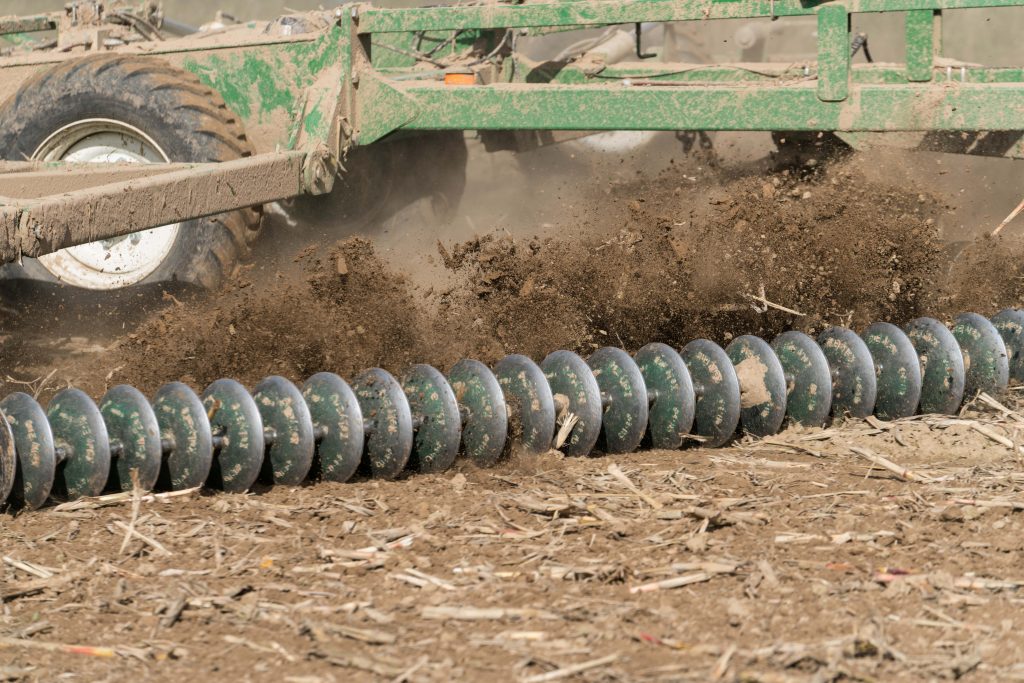Conservation tillage refers to the practice of reducing soil erosion by using different tillage methods. Throughout the different farmlands across Europe, soil erosion due to either wind or water is a major problem faced by farmers. Conservation tillage stands as the answer to this problem, and thus farmers are readily adopting the various methods of conservation tillage into their farming process.
The entire agricultural industry is facing a massive shift towards methods that conserve the natural state of the soil. As the amount of effect our agricultural practices have upon the environment has increased, so have the threats we pose to our own farming community. Hence, the need for conservational practices is higher than ever.
If you are unsure about how you can practice conservation tillage, here are three easy ways that you can try.
Ridge Till
In this method, ridges are built into the soil which is then used as seedbeds. These ridges are built with the help of disk openers, sweeps, row-cleaners, etc. If your farmland has soil that is at a level that does not facilitate proper drainage, Ridge Till may be the best conservation tillage method that you can adopt.
With the help of the ridges, you will be able to speed up the drainage process within the soil and minimal usage of herbicide will allow for a clean farming process. Any residue remaining from the harvest will be between the ridges, so they can be used as fresh seedbed without having to tillage the soil all over again.
Mulch Till
This is a highly mechanised process in which the soil is mulched into an even seedbed condition. The soil still remains rough and retains all its nutrients. Another great advantage of this process is that it does not completely remove the stubble but rather break it down and speed up its disintegration process. This allows for further benefit of the soil through nutrients received from the biodegradation.
You can easily introduce Mulch Till into your farming process with the help of the Kelly Tillage System. Its disc-chain mechanism allows for quick tillage and also keeps the process at a shallow level not disturbing the nutrient levels within. This also reduced the requirement of herbicides and allows the soil to remain in a more healthy state.
No Till
As the name suggests, in this process the soil is left absolutely untouched between the end of one harvest and the beginning of the next planting season. This is made possible since the planting takes place in very narrow strips throughout the farmland which are used as seedbeds. These are created with the help of various tools and the seed is then pressed into the soil with the help of a press-wheel.
As a huge amount of surface area is covered by the crop residues, the amount of soil loss is minimalised. If you have chemically treated soil or practice double cropping, the No Till method of conservation tillage should be perfect for your process. Herbicides still remain as the primary method of weed control in this method.
Conservation tillage is one of the easiest methods using which farmers can introduce a more sustainable farming process. Not only will it reduce the amount of soil loss due to erosion, but it will also protect the level of nutrients within the soil and ensure a better yield overall. Furthermore, conservation tillage reduces dependency on the various herbicides and fertilisers, and as we all know over usage of such chemicals can be dangerous.
We at Kelly Engineering urge all farmers across the EU to shift to sustainable methods such as conservation tillage. If you are still doubtful about the process simply get yourself the Kelly Tillage System and it will automatically turn your tillage process into a conservational one. The disc-chain mechanism that governs the entire system is highly useful for all soil types and can produce seedbeds in the quickest and most hassle-free way possible. The system also promises longevity as well as low maintenance needs.
Shift a conservational farming style today and reap the benefits that nature intended you to! This is truly the need of the 21st-century farmers.


